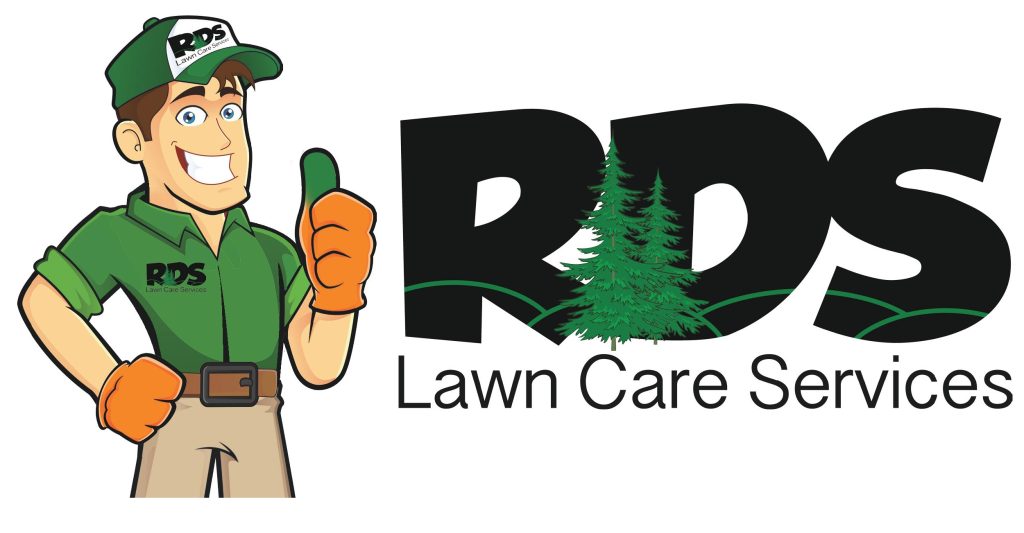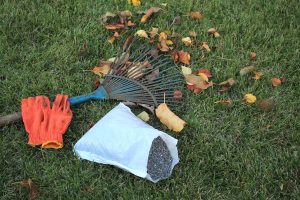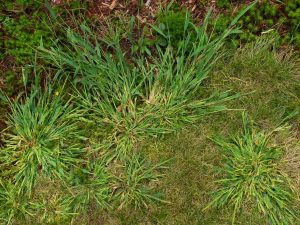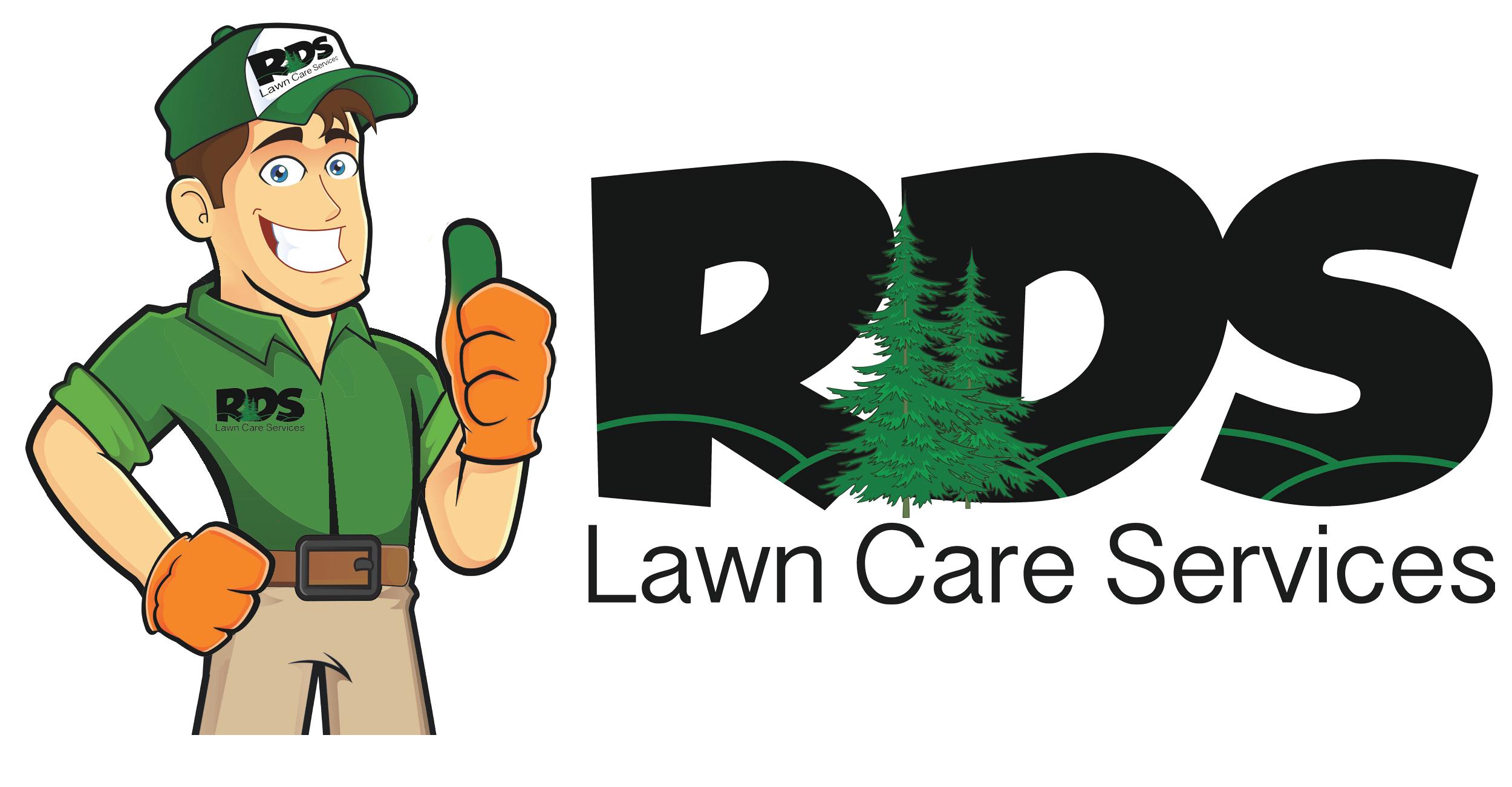Opening your door to see a struggling lawn with many bare and dying patches can be quite discouraging. Many homeowners and lawn care enthusiasts know how frustrating it can be to spend long hours trying to fertilize and nourish a lawn and never see any progress. If this sounds familiar to you, then new lawn seeding may be the way to go!
Seeding a new lawn from scratch is not always the best option, but it can work wonders for lawns that are severely struggling or plots of land where no lawn currently exists. When seeding a new lawn, there are a number of factors to consider and tasks to be completed before you can see the results you desire. RDS Lawn Care Services wants to make sure you understand all the necessary steps in the new lawn seeding process to ensure the greenest and healthiest lawn possible.
Step 1: Planning And Timing
When to seed a new lawn depends on the type of grass you plan to use. In the comfortable climate of the Carolinas, both warm-season grasses and cool-season grasses can be utilized.
Warm season grasses, such as Bermudagrass and zoysiagrass, need to be planted and allowed to germinate in warmer weather. Between April and June is the ideal time to lay seed for warm-season grasses. Cool-season grasses, such as tall fescue and Kentucky bluegrass, thrive in cooler temperatures, which is why we plan to lay cool-season grass seeds between September and December.

When it comes to choosing the grass that is right for you, RDS Lawn Care Services will present you with the best seed options available. We have an extensive catalog of seed types, all of which have been lab-tested at NC State for disease and drought tolerance. When you entrust us with your new lawn seeding needs, you are always sure to get top-quality seeds.
Step 2: Testing The Soil
Once you have determined the type of grass you want and when to plant it, a good next step would be to test a sample of the soil you plan to use. Testing soil involves checking pH levels, examining the presence of organic matter, determining how much natural nutrition is present, as well as checking for anything else in the soil that may provide useful information.
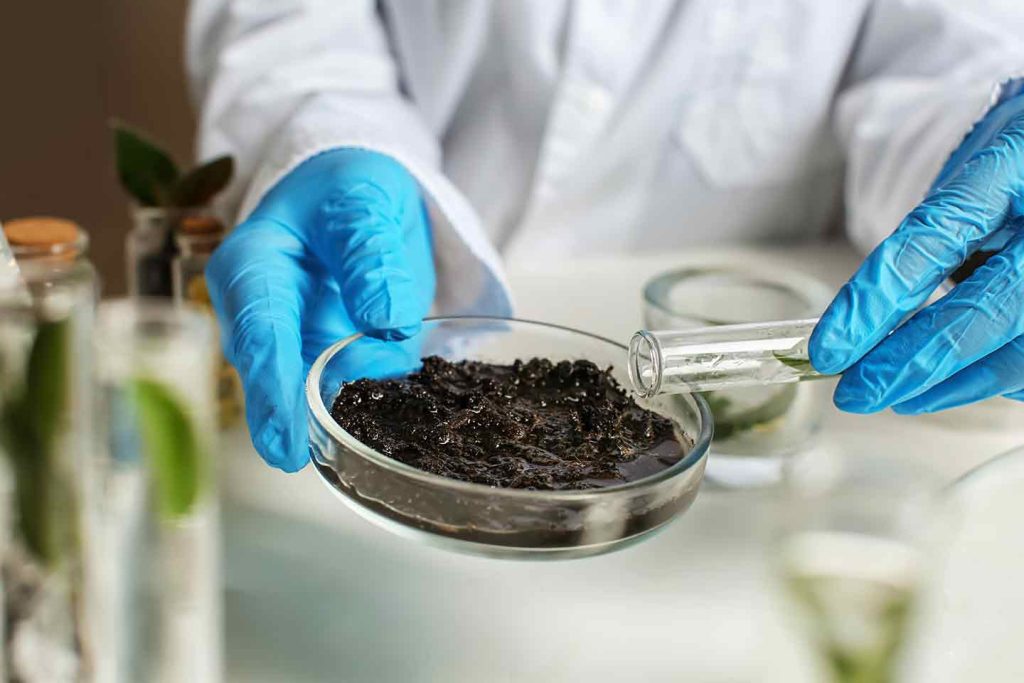
Laying down seed before knowing the makeup of your soil could prove to be a waste of time. If the conditions are not ideal, such as low levels of nutrients, then seeds will have difficulties when trying to germinate. Low pH levels can be balanced to be less acidic, organic compost can be added to richen the soil, and other steps can be taken to ensure that your soil is ready to give you the lawn of your dreams.
Step 3: Preparing The Land And Soil
Before seeding, the site of your new lawn needs to be leveled and prepared to create optimal growing conditions for your turf. If the land is not prepared before seeding, there will likely be obstructions in the soil that will hinder germination and growth. Raking the soil is a great way to make the ground even, break up clots of dirt, and detect/remove debris from the area.
It is important to remember to lay down an adequate amount of soil in order to see results. The root system of your lawn can grow as deep as 6 inches, so it is a good idea to have a layer of soil that is just as deep. Recommendations for soil depth are usually at least 2 inches, but a little extra depth can allow your lawn to grow deeper, stronger roots.

After the land has been cleared and soil has been placed, the next step to be taken depends on the type of grass being used. Check out our new lawn seeding service page for a more comprehensive overview of our weeding and seeding process.
Warm-Season Grasses
These grass types should be planted in spring to early summer. As such, weeding can and should be performed before the new seed is laid.
Weed control efforts can start as early as January when preparing your soil for a warm-season turf. At RDS, we spray weeds periodically until they are killed leading up to the seeding of your new lawn. Once the weeds have been dealt with, your soil will be ready to accept the warm-season seeds of your choice.
Cool-Season Grasses
Unlike warm types, cool-season grasses need to be planted in colder weather. For this reason, weed control measures can not be applied directly before seeding.
Cold temperatures make it difficult to effectively control weeds because most have gone dormant by the time cool-season seeds need to be planted. For cool-season types, we would take care of any weed control needs in the following spring. We just need to examine and prepare your soil in fall/early winter, and your cool-season seeds can be laid.
Step 4: Laying New Seed
After all the hard work and preparation, it is finally time to lay down the seed for your new lawn. Common recommendations for seed depth are anywhere between ⅛ – ½ of an inch deep. While larger seeds could germinate at depths up to a full inch, it is generally not a good idea to lay grass seed too deep into the soil. Seeds need sunlight in order to germinate, and a layer of soil covering the seeds that is too thick will block out the light and make germination nearly impossible.

As we lay seeds for your new lawn, we always make sure we give you the most evenly spread coverage possible. We will use a seeder for open lawn, and we can seed by hand for isolated areas in your yard that are hard to reach. Even distribution of seeds plays a huge role in the appearance of your lawn. Large clusters of seed laid down in a particular area will result in uneven grass growth. RDS Lawn Care Services makes it a priority to give you the lush, uniform appearance you want for your lawn.
Along with laying down the grass seed, we will go the extra mile to create the ideal environment for germination. As necessary, our seeding process could involve the following steps:
- Dethatching – Removing thick clumps of organic matter can go a long way in improving seeds’ chances of germination. Layers of thatch can block water, sunlight, and nutrition from reaching the seeds in the soil. If needed, we will break up/remove thatch before laying the seed.
- Aerating – Core aeration is the process of making tiny holes into the land, which allow lawns to decompress, drain properly, and absorb more nutrition. These small holes also create the perfect place for seeds to call home. In addition to the other benefits of core aeration, seeds will automatically fall to a proper depth in the soil where they can germinate and sprout new grass.
- Fertilizing – Regardless of the state of your lawn, fertilizing will always be performed while we seed. Your lawn needs to feed off of certain nutrients, such as nitrogen, potassium, and phosphorus. Certain fertilizers are designed specifically to help new lawns get started, and they can be used in the early stages of your lawn’s development. Once your new turf begins to sprout and cover more ground, a stronger fertilizer can be used without having to worry about damaging delicate seedlings. Ask us about our fertilization and weed control program for continued health of your new lawn.
Step 5: Aftercare
The care you provide to your lawn while seeds germinate and after grass begins to grow is just as important as all the preparation. Regular maintenance must begin immediately to keep your lawn happy and healthy.

- Watering should be performed once or twice a day for newly planted seeds in order to keep them consistently moist, but make sure not to drown the seeds. The surface of the soil should stay damp, but avoid excess watering that could lead to puddles. Once the lawn is thriving, about an inch of water per week is recommended for continued hydration.
- Fertilizing the soil as seeds germinate is just as important as fertilizing an established lawn. It is important not to over-fertilize, and you should always make sure to use a fertilizer that is appropriate for the season and the stage of growth of your lawn. Established lawns should be fertilized throughout the year for proper health.
- Weed control efforts should not be performed for about three weeks before and after new seed is laid. Herbicides can contain chemicals that would have detrimental effects on seedlings and young turf. When weeding is needed, make sure to apply weed control products carefully and deliberately.
- Mowing your new lawn is the ultimate sign that you have successfully seeded a lawn from scratch! However, lawn mowing must be performed delicately in the beginning stages. When mowing for the very first time, allow grass to grow taller than what is normally recommended, and never cut more than the top third of the grass blades. Remember that the new lawn is still developing its root system, and proper mowing practices are crucial. Keep blades sharp and set high, clean the blades regularly, and try to avoid mowing over the same area multiple times.
